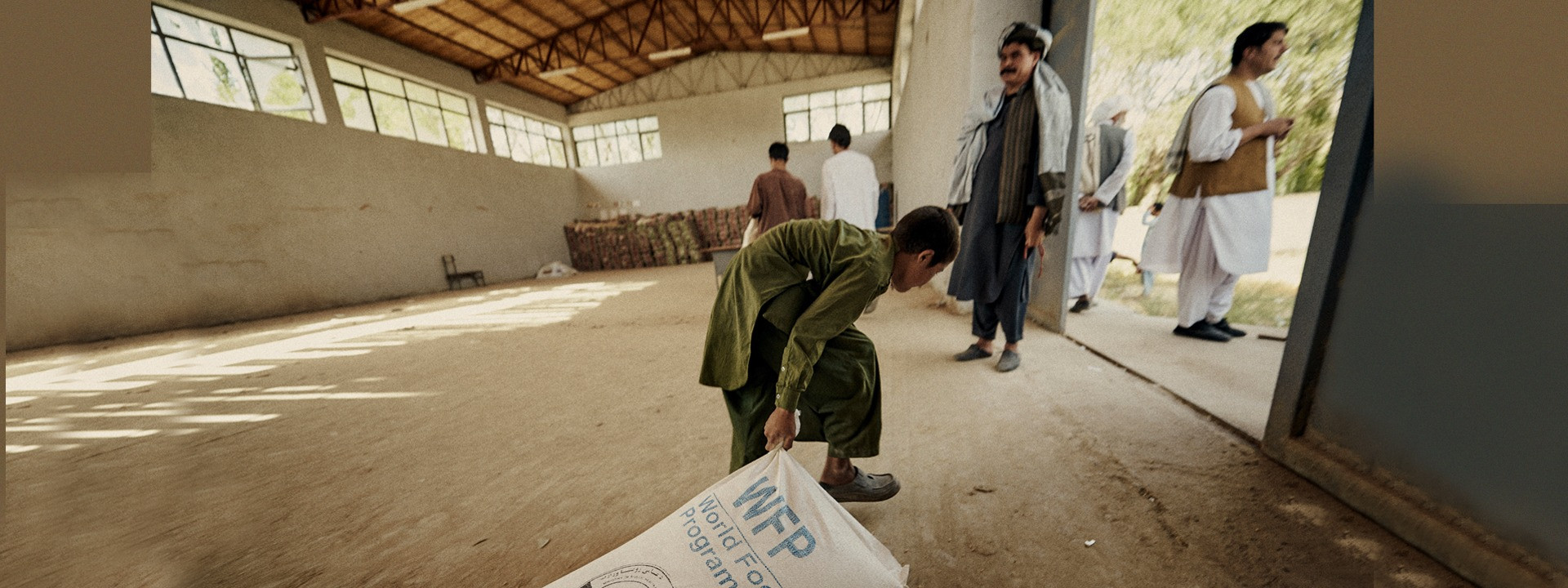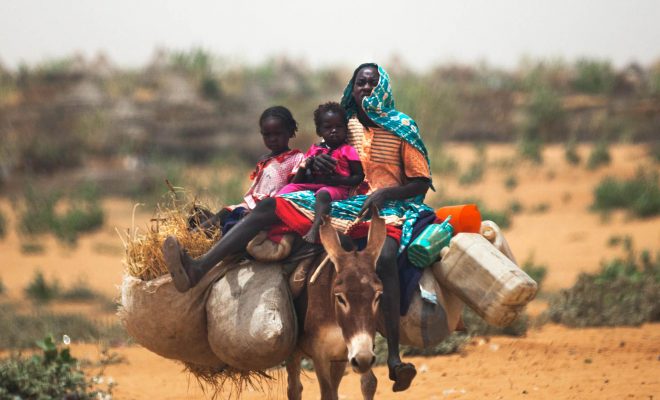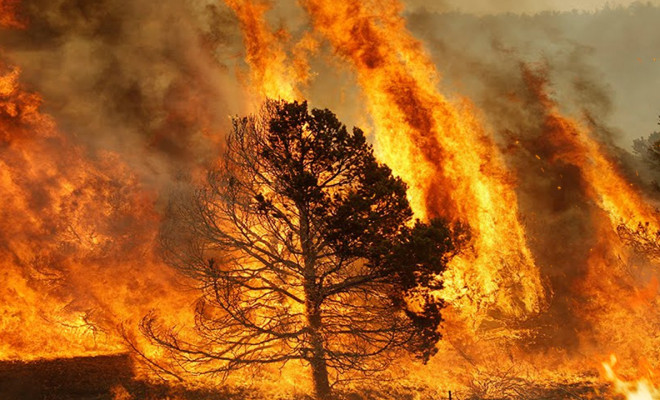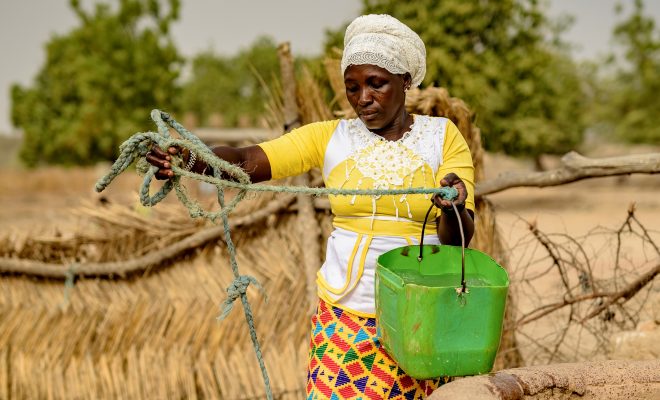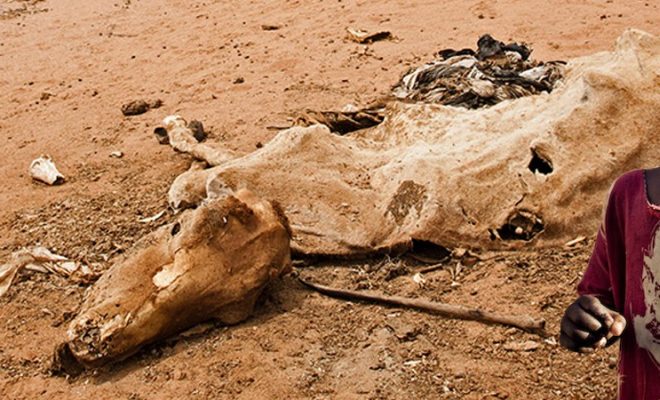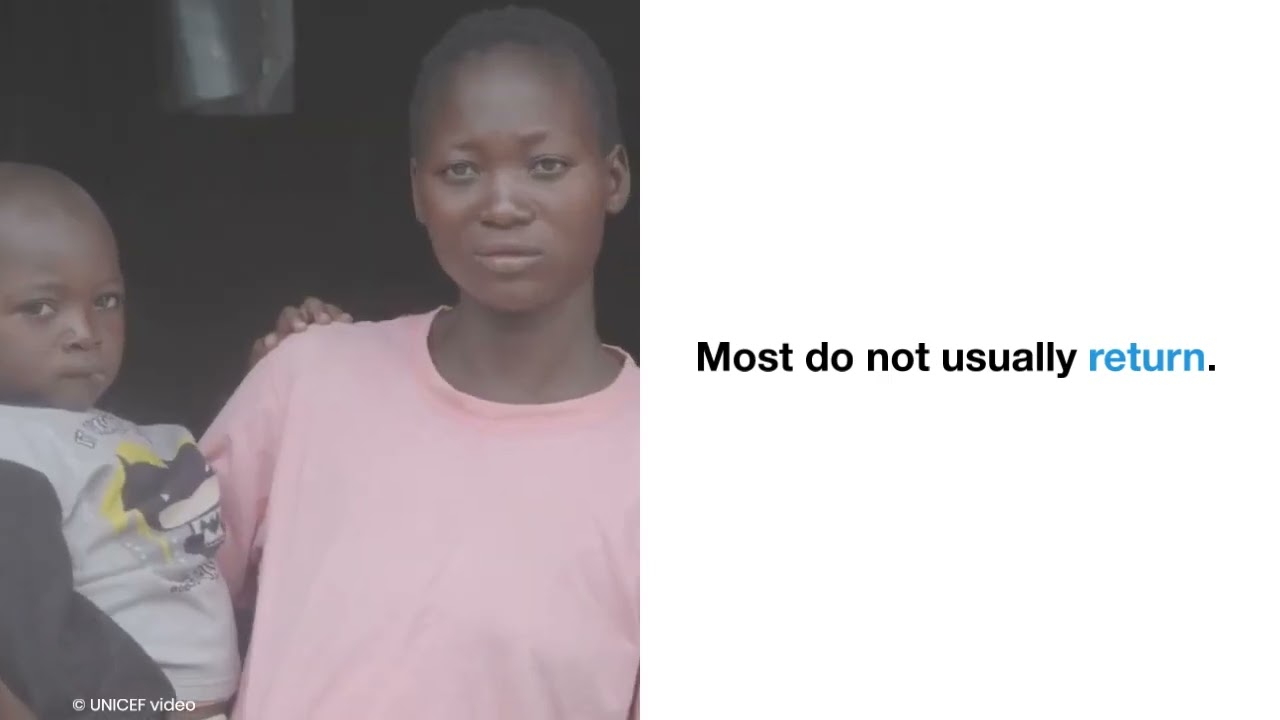
If one year you lose your crops, you go hungry; if the following year the drought is repeated, you either emigrate or die. We do not need FAO reports to corroborate this. It is not difficult to understand that few small farmers and herders living in ancestral poverty can withstand more than two years of lack of rainfall. This is happening globally: we are experiencing one of the worst consequences of the climate crisis, but we can reverse it.
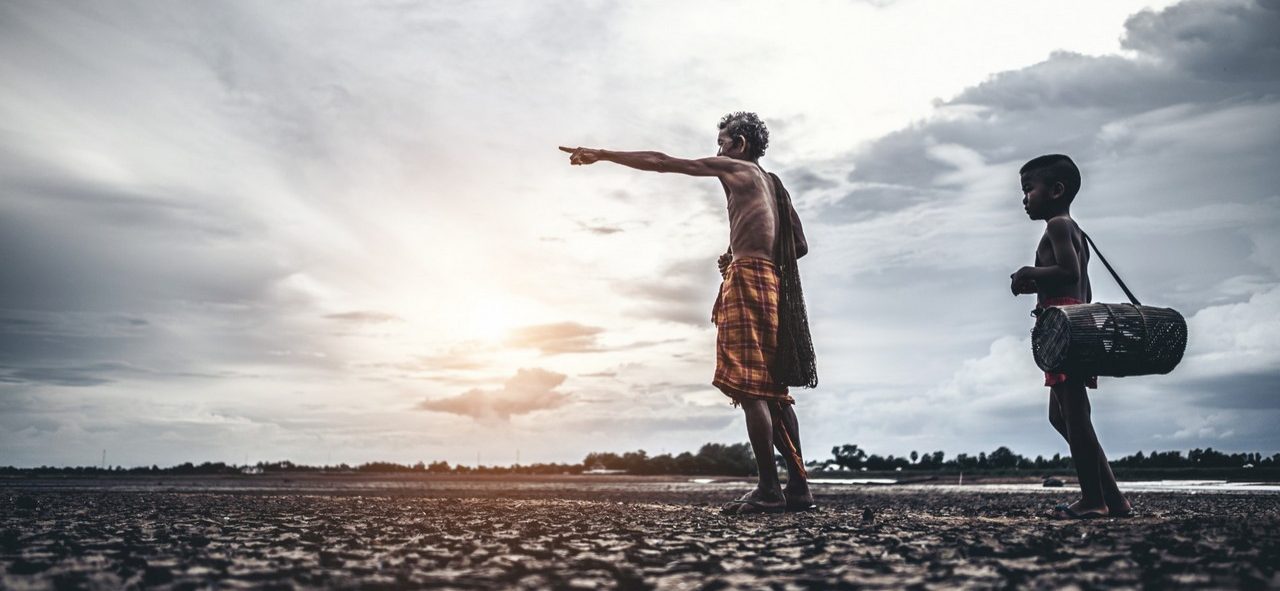
Those who leave their land because of droughts and floods often do not return.. © Freepik
The climate that destroys the Earth
In 2016, southern India suffered the worst drought since the end of the 19th century. More than 330 million farmers (half the population of Europe) saw their crops ruined, and the poorest families, burdened by debt, migrated to the big cities. About seven years ago, a little-known term began to be used in the media: “climate displaced persons,” a crisis that hit the poorest rural areas of the planet.
Not only drought causes poverty. Floods and the devastation of hurricanes have increased the number of people leaving their lands in recent decades; according to UNHCR, since 2008, more than 318 million people in the world have been displaced by natural phenomena, most of them climate-related; in 2020, more than 30 million people left their homes for these reasons, and the trend is on the rise. According to the Ecological Threat Report 2023 of the Institute for Economics & Peace (IEP), one of the international institutions that closely monitors the underlying causes of human conflict, by 2050, there may be up to 1.2 billion people displaced by droughts and floods.
The trend has been observed for decades. Especially in Africa and South Asia, migration due to crop and herd failures is rising. In the Sahel, droughts have increased the imbalance of ecological systems that began decades ago due to poor resource management. During rainy periods, both governments and farmers increased grazing and agriculture, which caused systematic overexploitation of the land far beyond its average capacity to provide water and pasture. Therefore, when the drought returned, the losses were more significant and the ruin of farmers more severe. The number of internally displaced persons in the Sahel is estimated at more than 2.5 million. However, violent conflicts are added to climate impacts there, making it difficult to differentiate between the two causes.
The climate crisis is also ravaging the Horn of Africa. UNHCR estimated last December that, in 2022, the number of internally displaced persons in Somalia was around 857,000. The latest news for 2023 confirms the rising trend: WHO estimates show that from January to June, more than 25,000 people died in the country due to lack of food, and torrential rains, which are expected to last until December, are projected to increase the figure to 35,000. Thousands of families walk for days to reach refugee camps, searching for aid. In cities such as Baidoa, in the wetter and greener south, up to 500 camps have been set up.
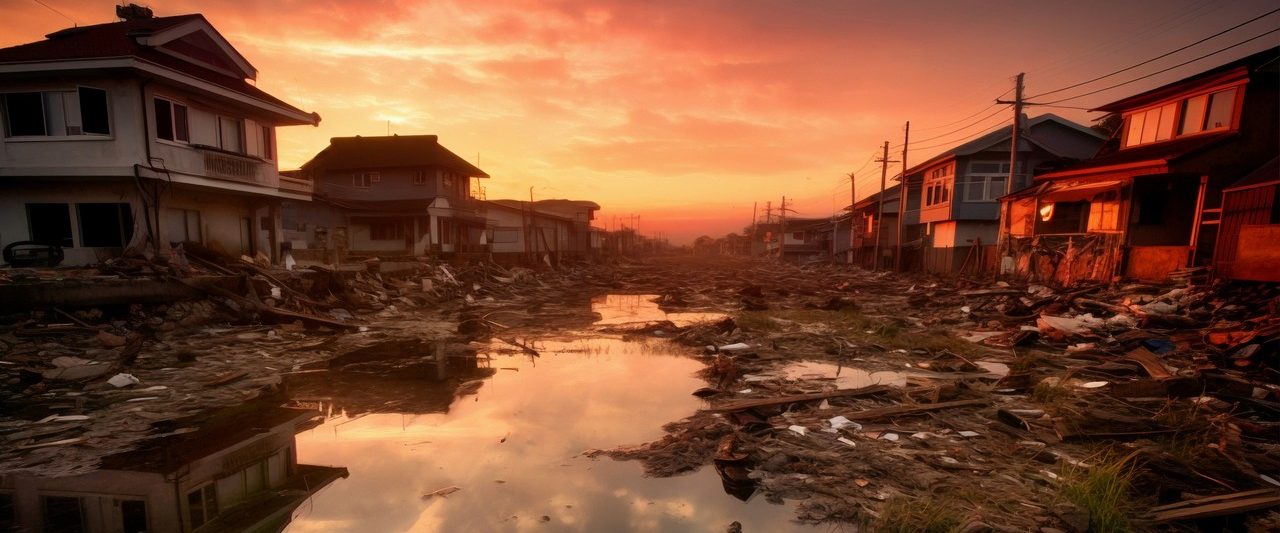
Not only drought causes poverty. Floods and the devastation of hurricanes have increased the number of people leaving their lands in recent decades.. © Freepik
What is a climate-displaced person?
Since 1985, the United Nations Environment Programme has used the term “climate displaced person” to refer to ” an individual forced to leave their habitat due to an environmental disturbance that puts their life at risk or seriously disrupts their household economy.” However, it was a rarely used concept until a couple of decades ago, which reveals another injustice: the lack of a protective legal framework. As Carmen Parra, director of the UNESCO Chair on Peace, Solidarity and Intercultural Dialogue, pointed out at the round table on Sanitation in Conflict held on the last World Sanitation Day: “Climate does not exist as a reason for requesting shelter based on the internationally adopted Refugee Statute. Climate refugees do not exist in international law.“
Refugee camps continue to fill up with people who require new channels of humanitarian management and specific governmental actions, such as those available to political refugees or those fleeing explicit violence, who can benefit from laws endorsed by the United Nations or by organizations such as the European Union.
Thus, those fleeing the misery of dry or flooded land find themselves in refugee limbo. The world must recognize a situation that should be considered a priority at the next COP 28 this December in Dubai.
A journey with a challenging return
Something that distinguishes climate-displaced persons from other migrants is the high probability of them not returning to their homes. Recent environmental damage is irreversible in the medium term and destroys the modus vivendi of those who live directly off the land. The essential foundations for survival no longer exist: with no water in the aquifers, with degraded topsoil, or with supply infrastructures, such as wells and irrigation ditches, destroyed by flooding, small farmers cannot rebuild their livelihoods.
On the other hand, many former landowners have lost their land under debt pressure. There is nowhere to go back to, and financial aid is shying away from ruined farmers and herders in abandoned areas without legal protection.
An urban imbalance factor
The alternative to the reception camps can be found in large cities. Most of the internally displaced people (those who remain in their country, who are the majority) end up crowded in degraded slums. Others cannot resist the lack of hope and take their own lives. According to the Vicente Ferrer Foundation, in India, the climatic disasters of the last three decades have led to the suicide of some 300,000 peasants driven by debt and hunger.
The future of cities is the future of humankind. United Nations population growth forecasts predict that by 2035, 80% of the world’s population will live in cities. If we continue at this rate, by 2050, the urban population will have increased by 2.8 billion. Moreover, practically all this expansion will occur in developing countries, where the inhabitants of these informal settlements are accumulating the worst conditions for a healthy and dignified life: no or limited access to water, sanitation, electricity, or waste management.
Much remains to be done, but it can be done
Climate displacement is an increasingly important variable in the demographic balance of the planet. The IPCC forecasts on climate change point to an increase in these humanitarian emergencies that should be a priority in all international agendas.
There are currently more than 733 million people living in areas of high water stress. Disregarding the short-term remission of climate change should not be an excuse to redouble mitigation efforts combined with adaptation efforts. There are many promising activities, such as the Great Green Wall that the African Union is supporting to reverse desertification in the Sahel or the plans to encourage regenerative agriculture, irrigation efficiency, and aquifer recovery that both FAO and the World Bank are promoting in the most stressed regions.
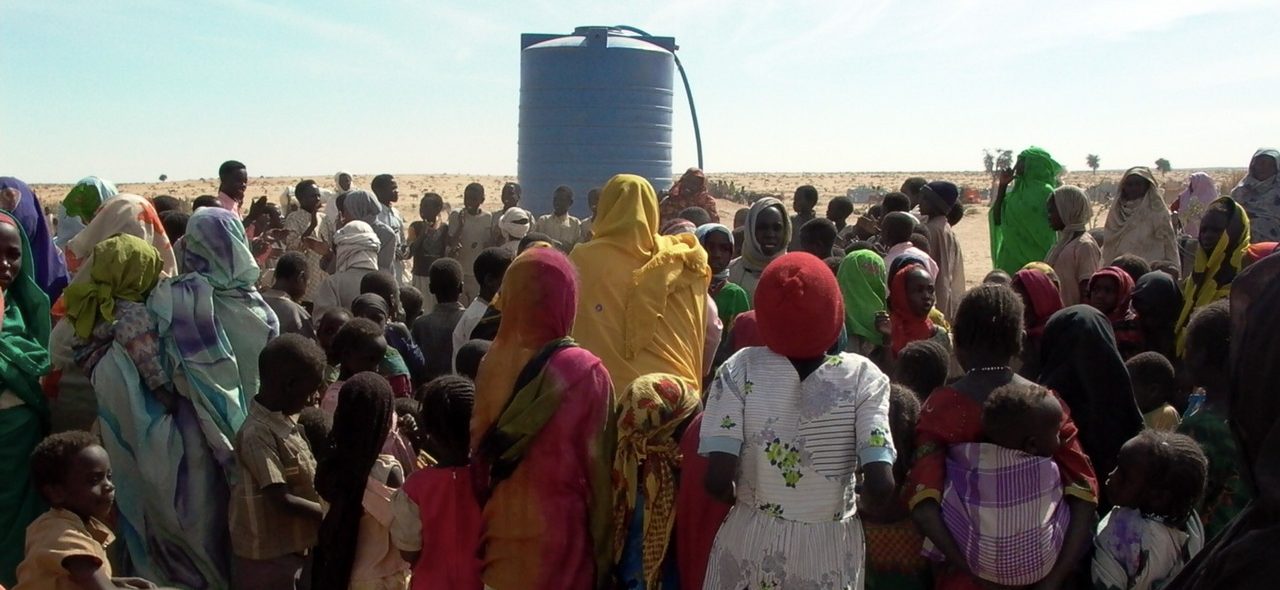
Climate displacement is an increasingly important variable in the demographic balance of the planet © Nite Owl
These solutions work and open a way forward. Our experience corroborates this: from the construction of small reservoirs and the implementation of drip irrigation systems in India to training in groundwater management in Africa, the regeneration of land degraded by drought is slow but effective if the community leads the projects. The same is true for the recovery of ancestral farming practices. In the rainforests of Nicaragua and Honduras, as well as on the semi-arid shores of Lake Titicaca in Bolivia and Peru, we have found that the recovery of collective memory brings resilience to the community and is the best tool for mitigating climate change and adapting to its effects.
There are solutions to reclaim the land that has driven out those who lived off it. The governance emerging from the forthcoming COP 28 must force financial aid to flow towards empowering small farmers, a decisive factor in balancing the demographic balance and doing justice.


